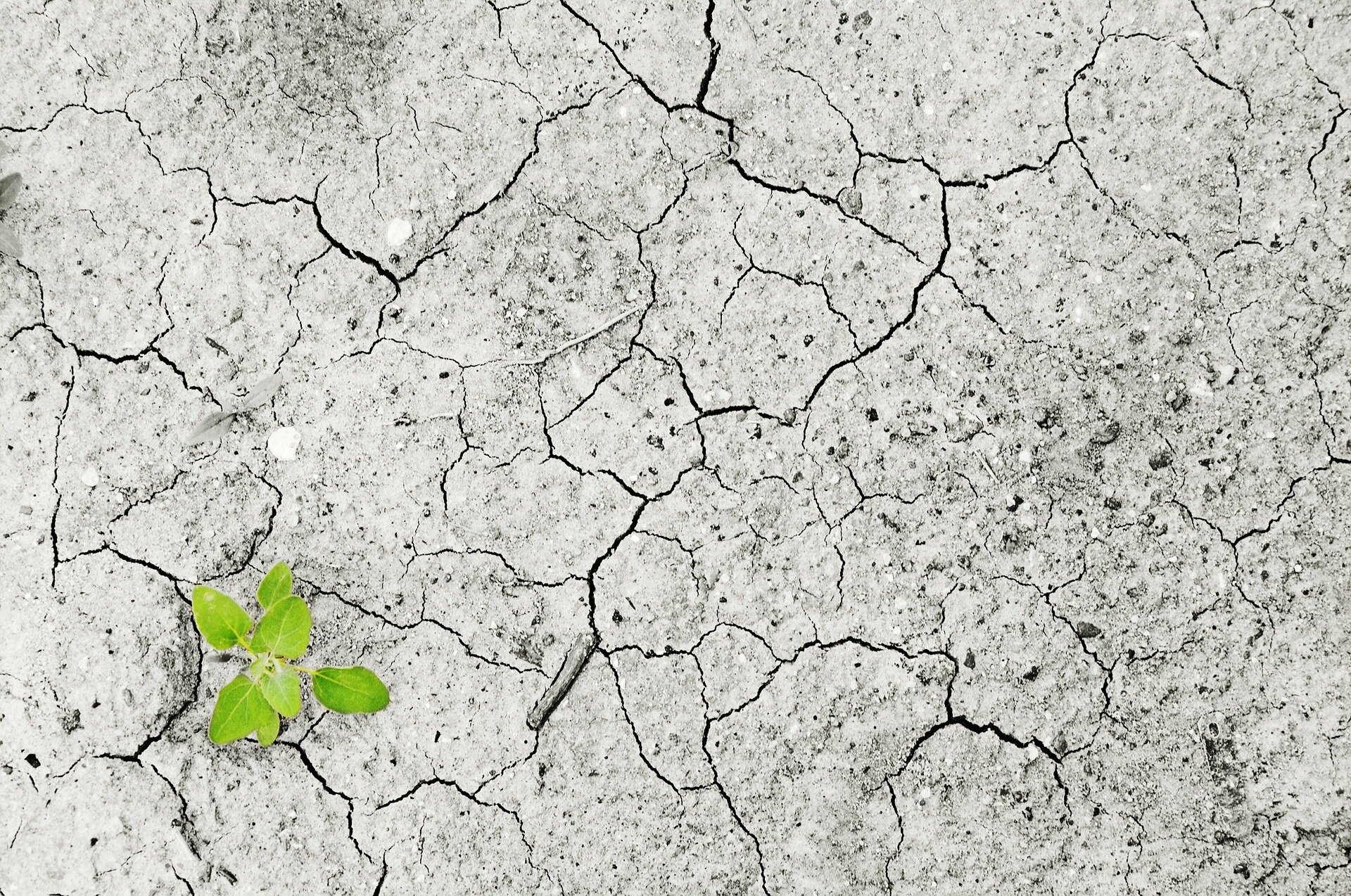- Healthy Returns: Pfizer pulls sickle cell disease drug from markets – here’s why it matters
- With Hurricane Helene disrupting travel, here’s what fliers need to know
- Tesla set to report Q3 deliveries ahead of robotaxi event
- Port strike could reignite inflation, with larger economic impact dependent on how long it lasts
- 'Who's a good boy?' Humans use dog-specific voices for better canine comprehension
What do you believe is the single most important factor driving up the cost of living in Nigeria?

Madagascar's mining rush has caused no more deforestation than farming, study finds
If tens of thousands of miners turned up in the middle of a protected rainforest to mine for sapphires, you might expect that to cause lots of deforestation and harm local wildlife.
Mining has a very bad reputation. It is often assumed to be one of the worse land uses—destroying and polluting the environment and creating barren, moon-like landscapes. Where mining occurs in areas of high biodiversity, it is considered a serious threat.
But in the eastern rainforests of Madagascar, over 10,000 people mining for sapphires didn't cause more damage to the forest than farmers clearing land for agriculture, which remains the most important driver of deforestation in this area.
My recent research, published in Communications Earth & Environment, focuses on quantifying the effects of sapphire mining on the forests of Madagascar. My discoveries challenge some of the preconceptions about the impacts of small-scale mining. I show that, despite being attention-grabbing, some forms of mining can be surprisingly low-impact and less damaging than other land uses.
In October 2016, a valuable deposit of sapphires was discovered by people searching for gold within the protected rainforests of the Ankeniheny-Zahamena corridor in eastern Madagascar. These rainforests are really important for biodiversity as they are home to many unique species at risk of extinction, including lemurs such as the indri and black and white ruffed lemur. Word of the sapphire discovery quickly spread. Within weeks, tens of thousands of people from across the island were illegally mining in the Bemainty valley deep within the forest.


- October 2, 2024
Microsoft beefs-up its AI assistant with voice, vision


- October 1, 2024
NECO fixes certificate reprint at N50,000






- October 1, 2024
A new model for symbolic music generation using musical metadata
Subscribe to our mailing list to get the new updates!

Subscribe our newsletter to stay updated
Thank you for subscribing!




